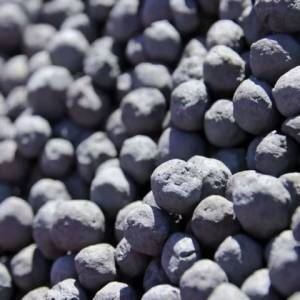
Sponge iron, also known as Directly Reduced Iron (DRI), is a crucial intermediate product in the steelmaking process. Unlike traditional pig iron produced in blast furnaces, sponge iron is created through a direct reduction process, bypassing the energy-intensive and environmentally challenging blast furnace route. This makes it a more efficient and sustainable alternative.
What is Sponge Iron?
Sponge iron is a porous, non-molten metallic iron product, typically containing around 90-95% iron. It's created by chemically reducing iron ore (typically hematite or magnetite) with a reducing agent, usually natural gas (methane) or coal, at high temperatures but below the melting point of iron. This process leaves the iron in a spongy, solid state, hence the name "sponge iron."
Key Advantages of Sponge Iron:
Applications of Sponge Iron:
Specifications (Typical, may vary depending on the manufacturing process and raw materials):